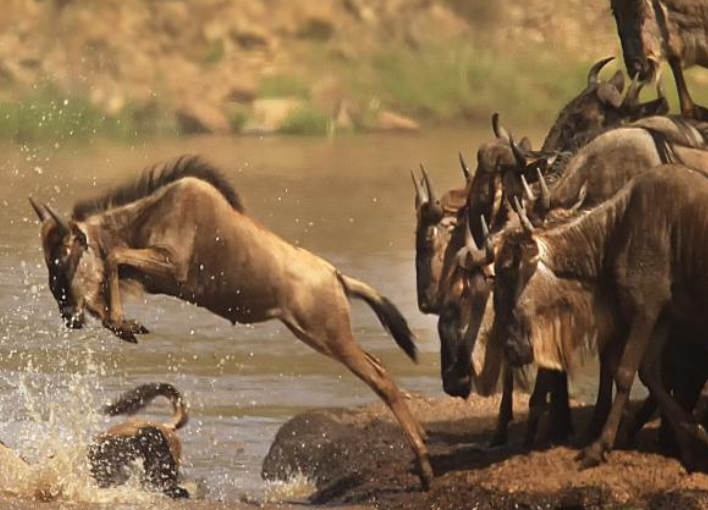World Wildlife Day
World Wildlife Day, held annually on March 3rd, celebrates the world’s animals and plants while raising awareness about wildlife conservation. As designated by the United Nations General Assembly in 2013, the date marks the signing of the Convention on International Trade in Endangered Species of Wild Fauna and Flora (CITES) in 1973. The 2024 theme is “Connecting People and Planet: Exploring Digital Innovation in Wildlife Conservation”.
Background on CITES and Establishment of World Wildlife Day
CITES is an international agreement signed by 183 parties to ensure sustainable trade of wildlife goods. On its 40th anniversary in 2013, CITES members proposed World Wildlife Day during their Bangkok summit, which the UN General Assembly adopted. The CITES Secretariat collaborates with other UN bodies to organize annual events and education initiatives.
Digital Revolution Creates Opportunities and Barriers
We are amidst a digital revolution that is enabling new models of inclusive governance and conservation. Internet access reaches 66% globally but 2.7 billion still lack connectivity, especially in developing regions where only 36% are online. Gaps persist in digital skills and technology access while tech waste threatens sustainability.
World Wildlife Day 2024 Spotlights Inclusive Digital Innovation
This year’s theme focuses on digital technology’s role in advancing wildlife conservation while ensuring equitable access. Discussions and youth outreach aim to:
– Explore existing tools like AI and remote sensing for habitat monitoring
– Address disparities in connectivity and tech utilization
– Envision inclusive innovation that connects all people and the planet
Emerging Digital Solutions to Transform Wildlife Conservation
Recent decades have yielded exponential growth in computational power, data storage, AI/ML, drones, remote sensing, IoT sensors and more. Conservation is leveraging these tools to enhance:
A) Wildlife Research and Monitoring
– Satellite data and AI inform habitat maps, species distributions and threats
– Sensors track animal locations, health and behavior in new detail
– Environmental DNA reveals hard-to-survey species populations
– Computer vision improves camera trap analysis for population counts
B) Anti-Poaching and Wildlife Crime Prevention
– Drones and thermal cameras detect poachers and illegal activity
– Databases and data mining uncover trafficking networks from online sales
– Blockchain supports certification schemes to reduce illegal wildlife goods
C) Community Engagement and Coexistence
– Mobile apps link indigenous communities with conservation scientists
– Digital platforms increase awareness and provide conservation education
– Predictive analytics reduce harmful human-wildlife interactions
Barriers to Digital Conservation
While computational tools expand, we must tackle barriers to equitable access and ethical concerns:
A) Digital Divide Hampers Participation
– Remote areas lack reliable electricity, internet and cell service
– Communities worldwide can’t afford devices, data costs or training
– Language and cultural gaps impede technology adoption
B) Ethical Challenges Emerge
– Surveillance and tracking raise privacy issues requiring consent
– Complex algorithms can propagate biases against people and wildlife
– E-waste from outdated gear harms health and environments
By embracing innovation thoughtfully, computational advances can transform conservation to help wildlife and communities thrive together.
Month: Current Affairs - March, 2024
Category: Important Days & Events Current Affairs








